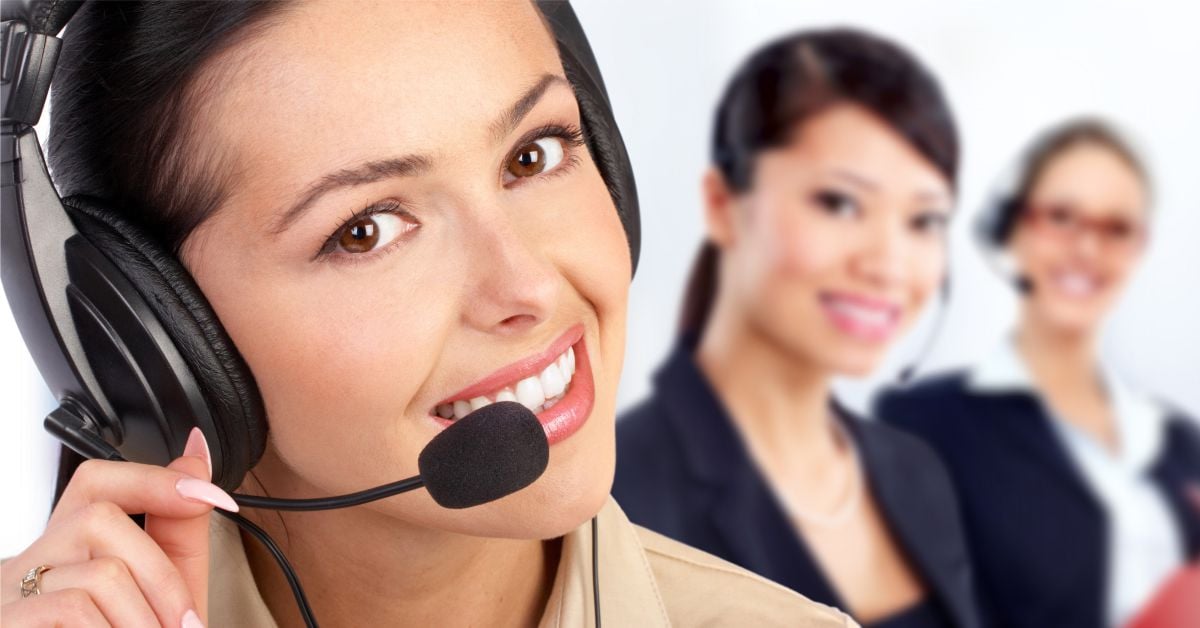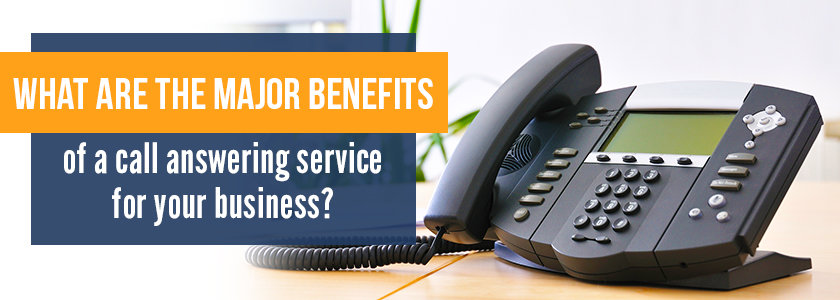All Categories
Featured
Table of Contents
- – Best Business Answering Services - Virtual Rece...
- – What Is The Best Phone Answering Service - Int...
- – A Best Telephone Answering Service Melbourne C...
- – What Is The Best How To Call Forward To An An...
- – What's The Best Answering Adelaide - Phone An...
- – What Is The Best Phone Answering Services To...
Best Business Answering Services - Virtual Receptionists Deals Near Me
This gadget and its successors were designed by Sava Jacobson, an electrical engineer with a personal consulting organization. While early answering devices utilized magnetic tape innovation, many modern equipment uses solid state memory storage; some devices use a combination of both, with a solid-state circuit for the outbound message and a cassette for the incoming messages.
"toll saving" listed below) (phone call answering). This works if the owner is evaluating calls and does not wish to talk to all callers. In any case after going, the calling party should be notified about the call having been responded to (for the most part this starts the charging), either by some remark of the operator, or by some greeting message of the little, or dealt with to non-human callers (e.
This holds particularly for the Littles with digitally stored greeting messages or for earlier devices (prior to the rise of microcassettes) with an unique unlimited loop tape, separate from a 2nd cassette, devoted to recording. There have been answer-only gadgets with no recording abilities, where the greeting message needed to notify callers of a state of current unattainability, or e (local phone answering service).
What Is The Best Phone Answering Service - Intelligent Office Deal Out There

about availability hours. In tape-recording Littles the welcoming normally includes an invite to leave a message "after the beep". An answering maker that uses a microcassette to tape-record messages On a dual-cassette answerphone, there is an outbound cassette, which after the specified number of rings plays a pre-recorded message to the caller.

Single-cassette answering devices contain the outbound message at the start of the tape and inbound messages on the staying area. They first play the statement, then fast-forward to the next offered area for recording, then record the caller's message. If there are many previous messages, fast-forwarding through them can trigger a significant delay.
This beep is frequently referred to in the welcoming message, asking for that the caller leave a message "after the beep". TADs with digital storage for the recorded messages do disappoint this hold-up, obviously. A TAD might offer a remote control center, where the answerphone owner can call the home number and, by entering a code on the remote telephone's keypad, can listen to tape-recorded messages, or erase them, even when far from home.
A Best Telephone Answering Service Melbourne Cbd Australia

Consequently the device increases the variety of rings after which it responds to the call (normally by two, resulting in four rings), if no unread messages are presently stored, but responses after the set number of rings (usually 2) if there are unread messages. This enables the owner to find out whether there are messages waiting; if there are none, the owner can hang up the phone on the, e.
Some devices likewise enable themselves to be remotely activated, if they have actually been turned off, by calling and letting the phone ring a specific a great deal of times (generally 10-15). Some company desert calls currently after a smaller sized variety of rings, making remote activation impossible. In the early days of Little bits a special transmitter for DTMF tones (dual-tone multi-frequency signalling) was regionally needed for remote control, because the formerly used pulse dialling is not apt to communicate suitable signalling along an active connection, and the dual-tone multi-frequency signalling was carried out stepwise.
Any incoming call is not recognizable with respect to these residential or commercial properties in advance of going "off hook" by the terminal devices. So after going off hook the calls need to be changed to appropriate gadgets and just the voice-type is right away accessible to a human, however possibly, nevertheless should be routed to a LITTLE BIT (e.
What Is The Best How To Call Forward To An Answering Service To Have
What if I informed you that you do not need to in fact choose up your gadget when responding to a client call? Somebody else will. So practical, best? Responding to telephone call doesn't require somebody to be on the other end of the line. Effective automated phone systems can do the trick simply as effectively as a live agent and in some cases even better.
An automatic answering service or interactive voice reaction system is a phone system that communicates with callers without a live individual on the line - virtual telephone answering. When business utilize this innovation, customers can get the response to a concern about your organization merely by utilizing interactions set up on a pre-programmed call flow.
Although live operators update the customer care experience, many calls do not need human interaction. An easy recorded message or guidelines on how a customer can retrieve a piece of information generally fixes a caller's immediate need - virtual call answering service. Automated answering services are a simple and reliable method to direct inbound calls to the right individual.
What's The Best Answering Adelaide - Phone Answering Services Brand
Notification that when you call a company, either for assistance or item query, the very first thing you will hear is a pre-recorded voice greeting and a series of choices like press 1 for client service, press 2 for queries, and so on. The pre-recorded choices branch off to other choices depending on the consumer's choice.
The phone tree system helps direct callers to the best individual or department using the keypad on a mobile phone. In some instances, callers can utilize their voices. It deserves keeping in mind that auto-attendant alternatives aren't limited to the ten numbers on a phone's keypad. When the caller has actually selected their first alternative, you can design a multi-level auto-attendant that uses sub-menus to direct the caller to the best kind of assistance.
The caller does not have to communicate with an individual if the auto-attendant phone system can manage their issue. The automated service can path callers to an employee if they reach a "dead end" and require support from a live agent. It is expensive to work with an operator or executive assistant.
What Is The Best Phone Answering Services To Buy
Automated answering services, on the other hand, are considerably less costly and offer significant expense savings at approximately $200-$420/month. Even if you do not have actually dedicated staff to deal with call routing and management, an automated answering service improves efficiency by enabling your group to focus on their strengths so they can more efficiently spend their time on the phone.
A sales lead routed to customer care is a lost shot. If a customer who has product questions reaches the wrong department or receives incomplete answers from well-meaning workers who are less trained to handle a particular kind of question, it can be a cause of aggravation and discontentment. An automatic answering system can minimize the variety of misrouted calls, consequently assisting your employees make better use of their phone time while maximizing time in their calendar for other tasks.
With Automated Answering Systems, you can produce a personalized experience for both your personnel and your callers. Make a recording of your primary greeting, and simply upgrade it routinely to show what is going on in your organization. You can produce as lots of departments or menu alternatives as you want.
Table of Contents
- – Best Business Answering Services - Virtual Rece...
- – What Is The Best Phone Answering Service - Int...
- – A Best Telephone Answering Service Melbourne C...
- – What Is The Best How To Call Forward To An An...
- – What's The Best Answering Adelaide - Phone An...
- – What Is The Best Phone Answering Services To...
Latest Posts
Specialist Call Management Service
Ai Answering System Near Me – QLD 4655
What's The Best Affordable Virtual Office You Can Buy
More
Latest Posts
Specialist Call Management Service
Ai Answering System Near Me – QLD 4655
What's The Best Affordable Virtual Office You Can Buy